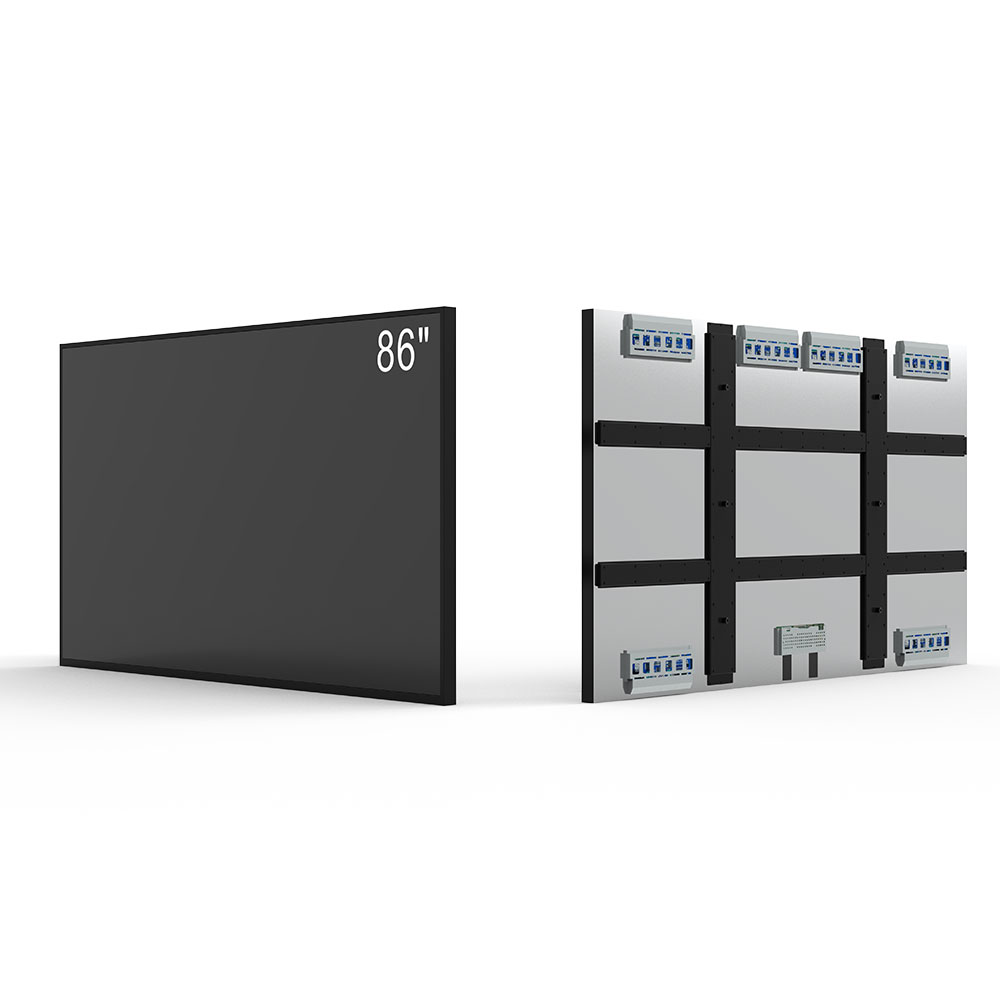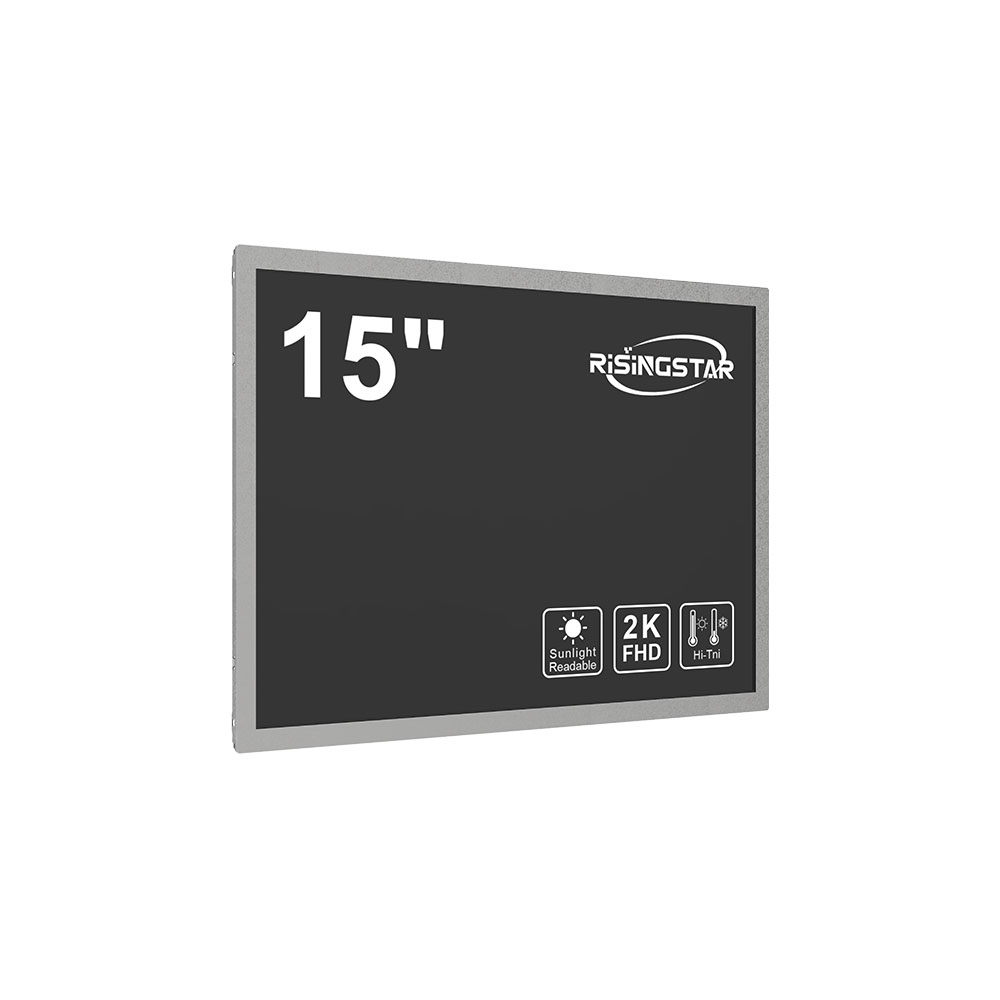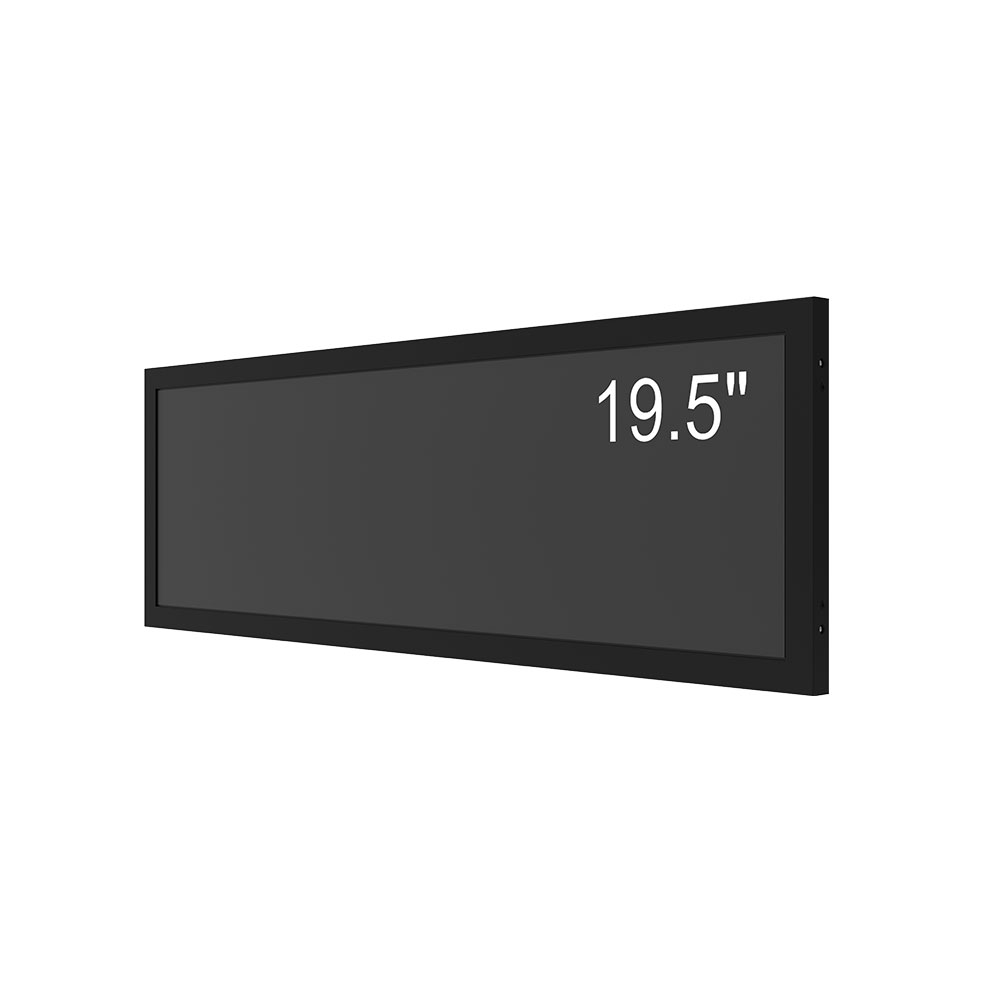In today’s digital-first world, outdoor LED displays have become essential tools for commercial branding, public information systems, and industrial monitoring. Whether it's a bustling city square, a highway billboard, or a factory control room, the reliability, visibility, and durability of outdoor LED screens are paramount. As an experienced engineer specializing in outdoor LCD and LED display manufacturing, I’ve seen firsthand how technological advancements—such as high-brightness modules, IP65+ waterproofing, and smart environmental sensors—are transforming these screens from simple signage to intelligent, adaptive platforms.
The core of any successful outdoor display lies in its ability to perform under extreme conditions. Unlike indoor screens that operate in climate-controlled environments, outdoor displays must withstand temperature extremes—from -30°C to +60°C—and resist moisture, dust, UV radiation, and mechanical stress. According to the International Electrotechnical Commission (IEC) standard IEC 60529, outdoor displays must meet at least IP65 protection level, which means they’re dust-tight and protected against water jets from any direction. Leading manufacturers now exceed this baseline with IP68 ratings, enabling deployment in marine environments or heavy rain zones like Singapore or Miami.
Brightness is another critical factor. Outdoor screens typically require 5,000 to 10,000 nits of brightness to remain visible in direct sunlight—a stark contrast to indoor displays that operate effectively at 200–500 nits. This is achieved through high-efficiency LED chips (e.g., SMD 2121 or COB packaging), optimized driver ICs, and dynamic brightness control algorithms. For instance, in a case study conducted by LG Electronics in 2023, their 4K outdoor LED screen in Seoul maintained full visibility even during midday sun exposure by using adaptive luminance adjustment based on real-time ambient light sensors.
Thermal management also plays a pivotal role. High-brightness LEDs generate significant heat, especially in enclosed enclosures. To prevent overheating, modern outdoor displays integrate passive cooling solutions such as aluminum die-cast housings and active ventilation via fans or heat pipes. In some advanced models, AI-powered thermal analytics monitor internal temperatures and automatically adjust brightness or fan speeds to optimize both lifespan and energy efficiency. A 2022 report by Frost & Sullivan noted that such smart thermal systems can extend the operational life of an outdoor LED screen by up to 30%.

From a structural standpoint, robust mounting systems and modular design are non-negotiable. The screen must be securely fastened to withstand wind loads up to 120 km/h (per ASCE 7 standards). Modular panels allow for easy replacement and scalability—crucial for large-scale installations like Times Square or Dubai Metro stations. Furthermore, the use of corrosion-resistant materials such as stainless steel brackets and powder-coated aluminum ensures long-term performance in salty coastal areas.

Another key advancement is the integration of IoT connectivity. Many new outdoor displays come equipped with Ethernet, Wi-Fi, or 5G modules, allowing remote content updates, diagnostics, and even predictive maintenance alerts. For example, a logistics company in Rotterdam uses GPS-tagged outdoor displays to show live delivery status across multiple warehouses—an implementation that reduced manual check-ins by 70% and improved operational transparency.
For industrial applications, such as construction sites or oil rigs, additional features are required. These include anti-glare coatings, shock resistance (tested per MIL-STD-810G), and compatibility with harsh power supplies (e.g., 12–48V DC input). In one project for a mining operation in Chile, a custom-built outdoor LED screen survived 18 months of continuous operation in 40°C heat and 80% humidity without maintenance, thanks to sealed circuit boards and redundant power modules.

Content management remains equally important. Professional-grade software like XMEYE, Novastar, or Linsn enables seamless scheduling, multi-zone layouts, and cloud-based asset management. These platforms support formats ranging from static images to 4K video streams, making them ideal for advertising, public safety announcements, or real-time data dashboards.
Finally, sustainability is gaining traction. Energy-efficient LED technologies, recyclable materials, and solar-powered options are increasingly common. The European Union’s Ecodesign Directive mandates that all new outdoor displays meet minimum energy efficiency standards, pushing manufacturers toward LED drivers with >90% efficiency and low standby power consumption (<0.5W).
In summary, selecting the right outdoor LED display requires evaluating not just brightness and resolution but also environmental resilience, thermal stability, connectivity, and long-term cost of ownership. With over a decade of field experience in deploying over 150 large-format outdoor screens globally—from Tokyo to Cape Town—I can confidently say that investing in quality engineering pays off in both performance and







